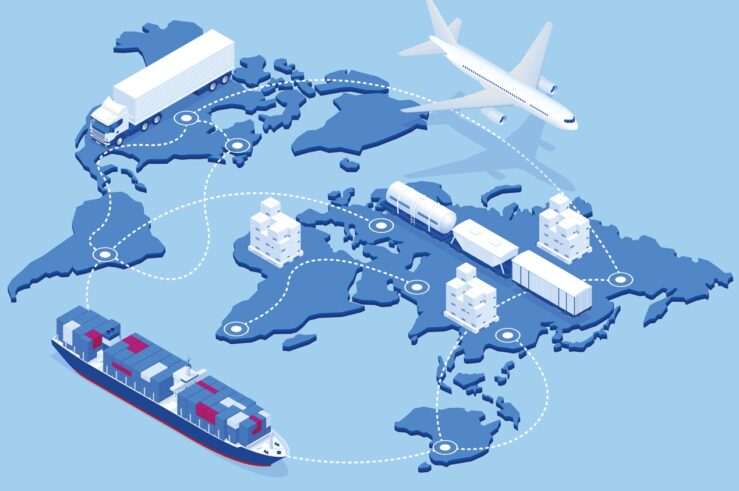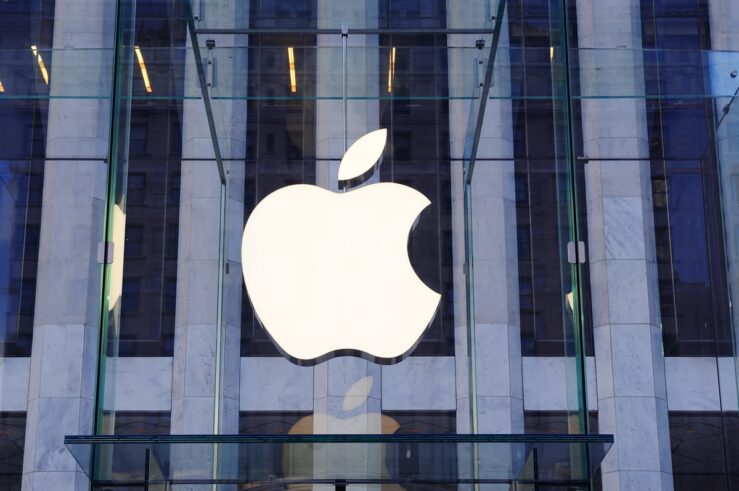In his chapter 4, Petit lays out how this works with six of today’s large high-tech companies, adding Netflix to the usual Big Five of Amazon, Apple, Facebook, Google, and Microsoft. If I understand properly, what he means by “moligopoly” is that these large firms have their hands in many different relevant markets. Because they seem to be selling different “products,” they don’t seem to be competing with one another. Yet, in a fundamental sense, they are very much competing with one another, and perhaps with firms that do not yet exist.
In this view, diversification is at the heart of competition. Indeed, Petit wonders at one point whether we are in a new era of “conglomeralism.” I would argue that the diversified high-tech firms we see today are actually very unlike the conglomerates of the late twentieth century. In my view, the earlier conglomerates were not equilibrium phenomena but rather short-lived vehicles for the radical restructuring of the American economy in the post- Bretton Woods era of globalization. A defining characteristic of those firms was that their diversification was unrelated, not just in terms of the SIC codes of their products but also in terms of their underlying capabilities. If we look only at the products on the demand side, today’s high-tech firms might also seem to reflect unrelated diversification. In fact, however, unlike in the twentieth-century conglomerates, the activities of present-day high-tech firms are connected on the supply side by a common set of capabilities involving the deployment of digital technology.
Thus the boundaries of markets can shift and morph unexpectedly. Enterprises that may seem entirely different actually harbor the potential to invade one other’s territory (or invade new territory – “competing against non-consumption”). What Amazon can do, Google can do; and so can Microsoft. The arena is competitive not because firms have a small share of relevant markets but because all of them sit beneath four or five damocletian swords, suspended by the thinnest of horsehairs. No wonder the executives of high-tech firms sound paranoid.
Petit speculates that today’s high-tech companies have diversified (among other reasons) because of complementarities. That may be part of the story. But as Carliss Baldwin argues (and as Petit mentions in passing), we can think about the investments high-tech firms seem to be making as options – experiments that may or may not pay off. The more uncertain the environment, the more valuable it is to have many diverse options. A decade or so after the breakup of AT&T, the “baby Bells” were buying into landline, cellular, cable, satellite, and many other things, not because, as many thought at the time, that these were complementary, but because no one had any idea what would be important in the future (including whether there would be any complementarities). As uncertainty resolved, these lines of business became more specialized, and the babies unbundled. (As I write, AT&T, the baby Bell that snagged the original company name, is probably about to sell off DirectTV at a loss.) From this perspective, the high degree of diversification we observe today implies not control of markets but the opposite – existential uncertainty about the future.
I wonder whether this kind of competition is unique to the age of the Internet. There is an entire genre of business-school case built around an epiphany of the form: “we thought we were in the X business, but we were really in the Y business all along!” I have recently read (listened to, technically) Marc Levinson’s wonderful history of containerized shipping. Here the real competition occurred across modes of transport, not within existing well-defined markets. The innovators came to realize that they were in the logistics business, not in the trucking business or the railroad business or the ocean-shipping business. (Some of the most interesting parts of the story were about how entrepreneurship happens in a heavily regulated environment. At one point early in the story, Malcolm McLean, the most important of these entrepreneurs, had to buy up other trucking firms just to obtain the ICC permits necessary to redesign routes efficiently.) Of course, containerized shipping is also a modular system that some economists have accused of being a general-purpose technology like the Internet.



